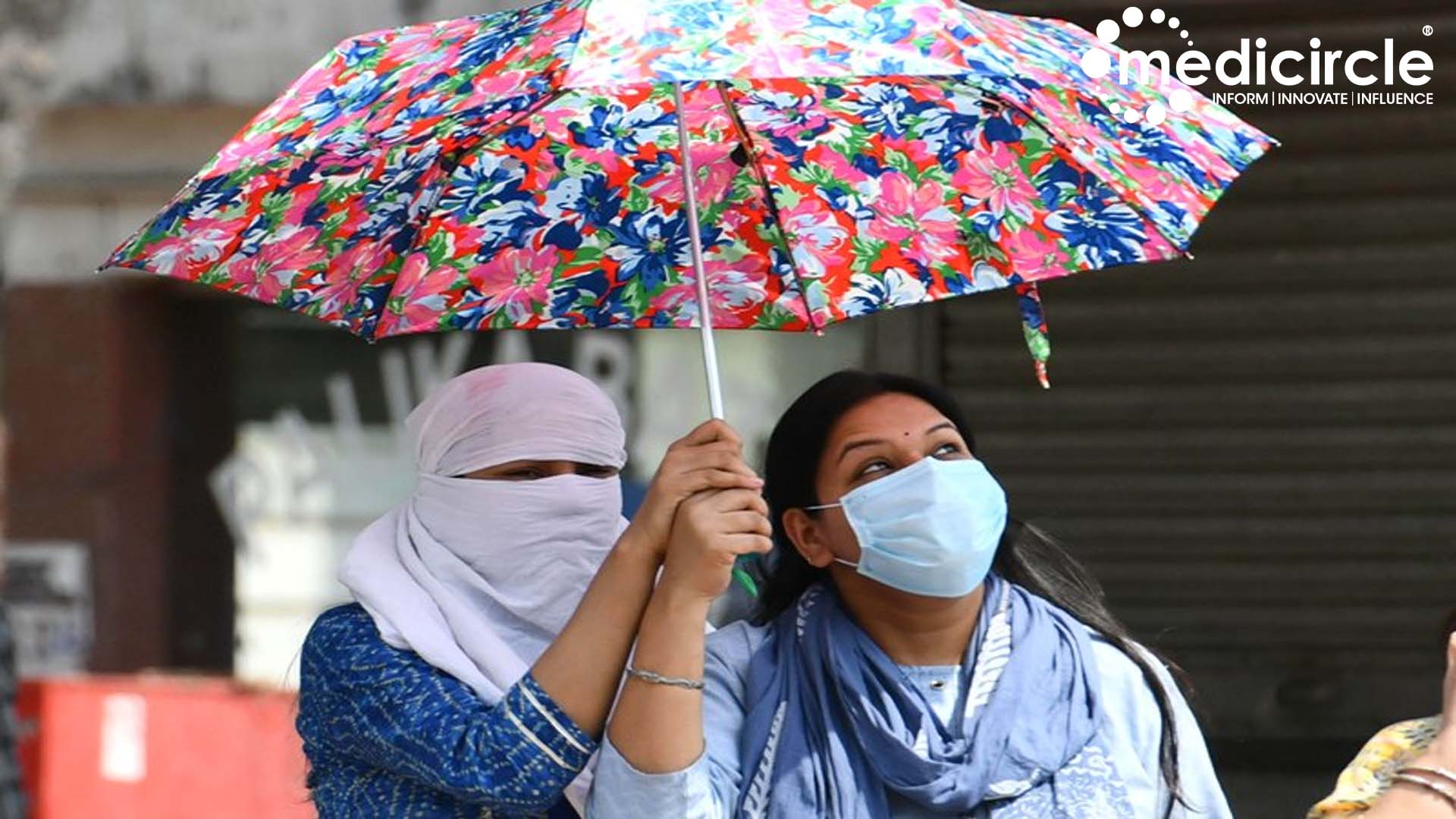The Problem
Obesity is a global problem. Close to 2 billion people in the world are obese. This includes children as well. According to the latest report by the World Health Organization, about 340 million children and adolescents in the 5-19 age groups are obese. This severe health issue is prevalent in developing as well as developed economies irrespective of social class, age, ethnicity, or gender. Debates on the causes and possible solutions for curbing the worrying trends of childhood obesity continue to dominate public and policy discussions.
Where does the responsibility for obesity in children and adolescents lie? An energy imbalance linked to a set of genetic, hereditary, behavioral, metabolic, and environmental factors is responsible for obesity. The most worrisome problem is the increasing prevalence rates of obesity due to the change in lifestyle of children and adolescents of these modern times. More importantly, the changes in the food economy like the increase in the consumption of high saturated fat diets and refined carbohydrates have disturbed the dietary patterns. Many analysts contend that the combination of these patterns with a sedentary lifestyle, lack of physical exercise, and a general reduction in energy expenditure is responsible for an increase in obesity levels.
In the present age where the media rules almost every realm of life, prolific food advertising and diminished personal and parental responsibility can be said to have contributed to this epidemic of obesity in children. However, the brunt of the onslaught has been targeted against the fast-food giants for making children fat. Critics point out that through promotion, brand extension, product tie-ins, and marketing in schools; these companies have succeeded in popularizing fast-food consumption in children.
Experts concur that since children cannot be expected to make healthy food choices on their own, parents are to be blamed for the rising obesity in them. It is not the fast-food giants' or the governments' fault that children are getting increasingly attracted to fast foods. It is an abdication of parental responsibility when they let their children sit in front of the TV for hours at a time and eat unhealthy foods.
Apart from parental, personal, societal, or government responsibility, there is one significant group that can be held responsible for the spurt of obesity in children and adolescents. This group is none other than the educators who have not introduced consistent weight management programs in schools. There might be certain classes devoted to weight management and the ill effects of obesity in schools but those are not proportionate to the extent of the problem that is growing day by day.
The Solution
The solution lies in regulating marketing practices for fast food manufacturers. However, regulating marketing practices without changing the kinds of foods that are being produced will do little to curb this problem. As such, these companies must be forced to produce more healthy food alternatives rather than the highly sweetened drinks and highly refined carbohydrate-laden junk foods which negatively impact health thus increasing overall healthcare spending.
Parents will have to ensure that they are living a healthy life. Personal liability and parental liability for children's health far surpasses the liability of either the government or the society in making healthy lifestyle choices. Nonetheless, society and government must ensure that the preferred choices of food are healthy. This can be achieved by regulating food marketing and making the companies that provide fast food information accountable for the effects such information has on young minds.
Just as constant advertising can lead impressionable minds to the path of obesity; constant education can help young minds to understand the difference between healthy and unhealthy ways of leading life. Instead of thinking of banning large junk food giants; which is a time taking exercise, the educational institutions should ban the sale of junk foods inside their cafeterias and within 2 kilometers of their campus. This is a more appropriate, easy, and immediate solution to controlling the ever-increasing menace. Just like psychological counselors, every school should start appointing nutritionists or food counselors who can not only educate children and their parents on healthy habits but also keep a stern eye on shops erupting too close to the school and the quality of food that is being served in the school canteens. If the schools start policing the eating habits of children in this way, the obesity level can go down reasonably.
All the comprehensive and multifaceted solutions are urgent as ever. Parents, society in general, educators, and the government should work in tandem with strategies that come under their specific realms.

 Prolific food advertising, diminished parental responsibility and lack of proper guidance by educators can be said to have contributed to obesity in children
Prolific food advertising, diminished parental responsibility and lack of proper guidance by educators can be said to have contributed to obesity in children

















.jpg)















